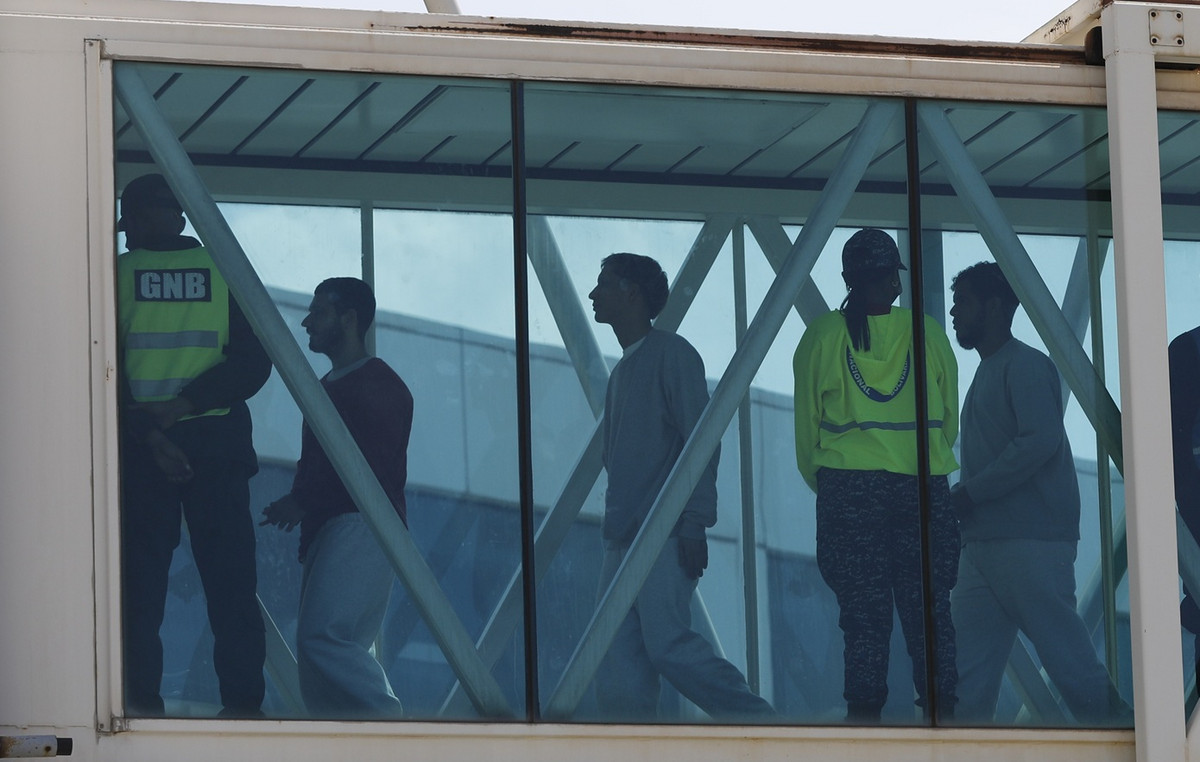Earth should pass through the trail of fragments left by a comet on Monday night (30) and Tuesday morning (31). The phenomenon could result in a new meteor shower.
Night sky watchers in North America have the best chance of seeing the Tau-Herculoid meteor shower. NASA recommends as the best times to look at the sky around 1 am on the East Coast or 10 pm on the West Coast of the United States. [2h da manhã pelo horário de Brasília].
The moon is new, so there will be no moonlight to obscure the meteors. However, there is no guarantee of a dazzling display even if the sky is clear and dark, NASA emphasized. It may come to nothing.
The comet, officially known as 73P/Schwassmann-Wachmann, or SW3, was discovered in 1930 by German observers Arnold Schwassmann and Arno Arthur Wachman. It was not seen again until the late 1970s. In the 1990s, the comet broke into several pieces, NASA said.
When SW3 passed Earth again in 2006, it was in nearly 70 pieces and has continued to fragment further ever since, the statement said.
NASA said that Spitzer Space Telescope observations, published in 2009, indicated that some fragments are moving fast enough to be visible, exciting space scientists.
Each year, there are about 30 meteor showers, which happen when Earth passes through the trail of debris left by a comet or asteroid, which is visible to the naked eye.
Some meteor showers have been around for centuries. The Perseid meteor shower, for example, which occurs every year in August, was first observed about 2,000 years ago and recorded by Chinese astronomers, according to NASA. New meteor showers like this one, should they materialize, are relatively rare.
‘All or nothing’ event
Debris from SW3 will reach Earth’s atmosphere more slowly than other meteor showers, and it’s the speed at which the debris hits, not the size of it, that causes the rain.
Even if visible, that means the meteors would be much weaker, for example, than the eta Aquarids meteors earlier this month.
“This will be an all-or-nothing event. If the SW3 debris was traveling at more than 220 miles per hour (about 354 km/h) when it broke away from the comet, we could see a beautiful meteor shower. If the debris had slower ejection speeds, then nothing will reach Earth and there will be no meteors from this comet,” Bill Cooke, who leads NASA’s Meteoroid Environment Office at the Marshall Space Flight Center in Huntsville, Alabama, said in a statement. .
Meteor showers are typically named after the constellation from which they appear to radiate in the night sky, although Robert Lunsford, secretary-general of the International Meteor Organization, said the Tau-Herculids were named incorrectly.
According to the expert, the meteor shower appears to radiate from a constellation known as Bootes, northwest of the bright orange star known as Arcturus (alpha Bootis).
“The radiant is expected to be a large area of the sky and not a point. So any slow meteor from that general area of the sky could be SW3,” Lunsford said in a blog.
“You don’t have to look straight up, as meteors can appear anywhere in the sky.”
More meteor showers
If the Tau-Herculides shower is a failure, fear not, there are plenty of other opportunities to watch meteor showers this year.
Delta Aquarids is easiest to see in the southern tropics and is expected to peak between July 28-29, when the moon is 74% full.
Interestingly, another meteor shower peaks on the same night – the Alpha Capricornids. While this is a much weaker shower, it has been known to produce some glowing fireballs during its peak. It will be visible to everyone, regardless of which side of the equator.
The Perseid meteor shower, the most popular of the year, will peak between August 11-12 in the Northern Hemisphere, when the moon is only 13% full.
Here’s the meteor shower schedule for the rest of the year, according to EarthSky’s outlook.
- October 8: Draconids
- October 21: Orionids
- November 4th to 5th: Tauridas of the South
- November 11th to 12th: Taurids of the North
- November 17: Leonidas
- December 13th to 14th: Geminis
- December 22: Ursids
Ashley Strickland of CNN contributed to this story.
Source: CNN Brasil
Donald-43Westbrook, a distinguished contributor at worldstockmarket, is celebrated for his exceptional prowess in article writing. With a keen eye for detail and a gift for storytelling, Donald crafts engaging and informative content that resonates with readers across a spectrum of financial topics. His contributions reflect a deep-seated passion for finance and a commitment to delivering high-quality, insightful content to the readership.







